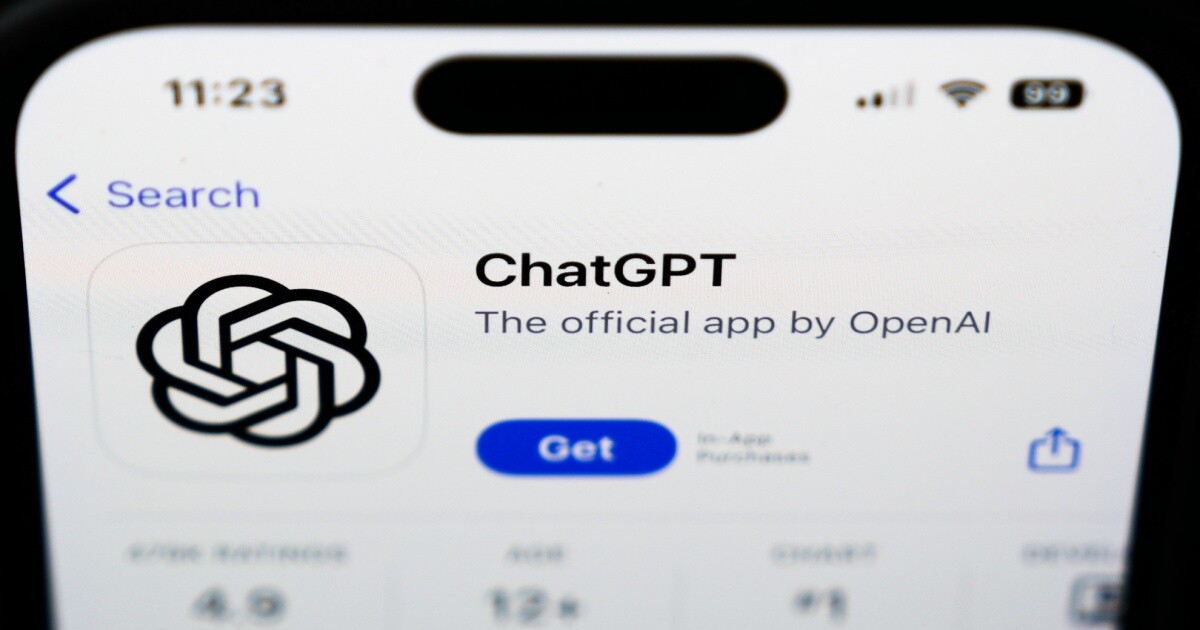Since its launch in November 2022, OpenAI’s ChatGPT has become incredibly popular, with over 92% of Fortune 500 companies now using it. Originally designed to boost productivity with quick text-based tasks like writing essays or code, ChatGPT has grown into a powerful AI tool used worldwide.
In 2024, OpenAI launched GPT-4o, the latest model for ChatGPT, featuring voice and vision capabilities. However, one of its voices, Sky, was paused after claims it closely mimicked Scarlett Johansson’s voice from the movie Her.
OpenAI’s collaboration with Apple for a new generative AI platform, Apple Intelligence, has further bolstered its position in the AI landscape.OpenAI is also navigating some challenges. Ilya Sutskever, co-founder and chief scientist, recently left after the company dissolved its Super Alignment team.
OpenAI faces a lawsuit from Alden Global Capital-owned newspapers like the New York Daily News and the Chicago Tribune, alleging copyright infringement, which follows a similar lawsuit filed by The New York Times last year.
you can also read about A Comprehensive List of 2024 Tech Layoffs
What is ChatGPT?
ChatGPT is an AI-powered chatbot developed by OpenAI. It uses advanced language models to generate text responses based on user prompts. Launched in November 2022, ChatGPT quickly became a popular tool for answering questions, writing essays, coding, and more.
At its core, relies on OpenAI’s latest generation of models, including GPT-4o, which was introduced in 2024. This model not only handles text but also includes voice and vision capabilities, making interactions even more versatile. Users can chat with ChatGPT to complete tasks, solve problems, and even brainstorm creative ideas.
OpenAI has positioned ChatGPT as a valuable tool for both personal and professional use. It’s now widely adopted across various industries, including tech, education, and business. ChatGPT’s ease of use has made it an essential part of the AI toolkit for millions worldwide.
Understanding ChatGPT and Its Capabilities
ChatGPT is designed to understand and generate human-like text. It can answer questions, provide explanations, and create content based on user input. With its advanced algorithms, ChatGPT can also maintain context during conversations, making interactions feel more natural.
This capability allows it to assist users with a wide range of tasks, from drafting emails to brainstorming ideas. In addition to text generation, the latest version of , GPT-4o, includes features like voice interaction and image understanding.
This means users can communicate with ChatGPT through spoken language or images, expanding its usability. Whether for educational purposes, creative projects, or business solutions, ChatGPT offers flexible support tailored to individual needs.
How ChatGPT Works: The Technology Behind It
ChatGPT is powered by a deep learning model called a transformer. This model analyzes large amounts of text data to learn patterns and relationships in language. It uses this knowledge to generate responses based on user prompts.
The training process involves adjusting the model’s parameters to improve accuracy and coherence in its outputs. The latest version, GPT-4o, utilizes advanced algorithms to enhance understanding and context.
It can process both text and visual inputs, allowing for richer interactions. By continuously learning from user interactions, GPT improves over time, making it more effective at delivering relevant and accurate information.
Evolution of ChatGPT: From GPT-3 to GPT-4 and Beyond
ChatGPT has evolved significantly since the release of GPT-3 in 2020. GPT-3 was a groundbreaking model with 175 billion parameters, allowing it to generate human-like text and understand complex prompts.
Its success led to widespread adoption in various applications, from customer service to creative writing. In 2024, OpenAI launched GPT-4o, the latest iteration. This version includes improved capabilities, such as voice and vision processing, making interactions more dynamic.
OpenAI continues to innovate, focusing on enhancing the model’s understanding and usability, paving the way for future advancements in AI technology.
ChatGPT’s Features and Applications
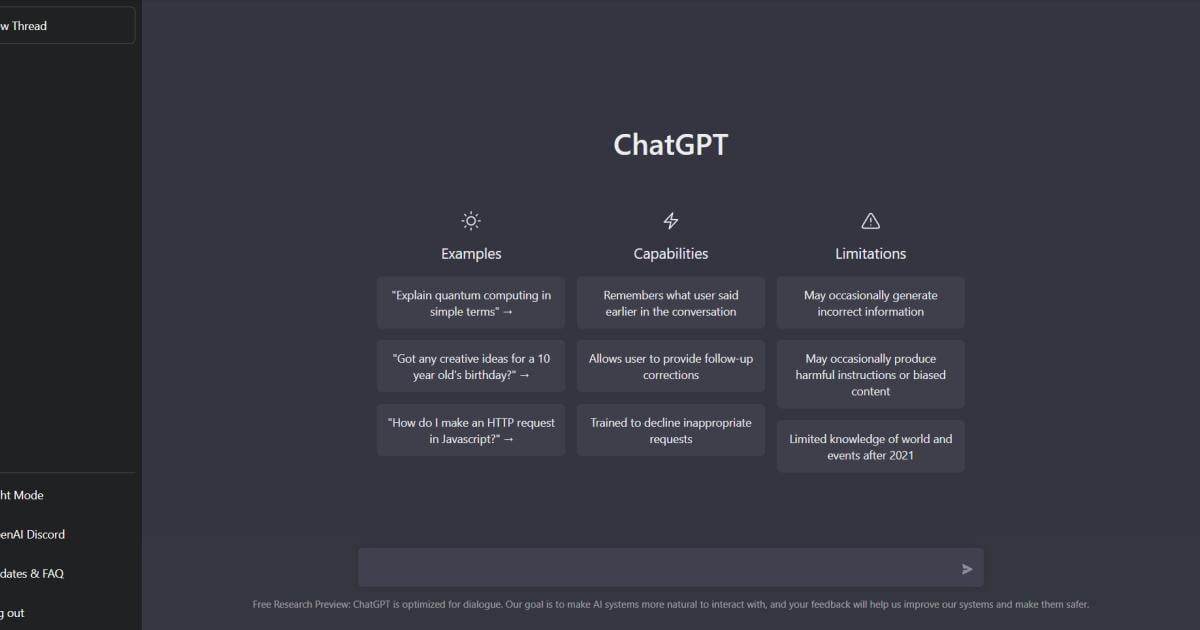
GPT offers a variety of features that enhance user interaction. It can generate text, answer questions, and engage in conversation. The chatbot is also capable of understanding context, which allows it to provide relevant and coherent responses.
Users can customize its tone and style to suit different needs, whether for casual chats or professional communication.The applications of ChatGPT are vast and diverse. Many businesses use it for customer support, automating responses to common queries.
In education, students leverage GPT for assistance with homework, essay writing, and study guidance. Additionally, it serves as a creative tool for brainstorming ideas, drafting content, and even generating code for software development.
Overall, ChatGPT is transforming how people communicate and access information. Its ability to adapt to various contexts makes it a valuable resource in both personal and professional settings. As the technology continues to evolve, its features and applications are likely to expand even further.
Key Features and Customization Options
ChatGPT comes with several key features that enhance its usability. Users can engage in natural conversations, ask questions, and receive informative responses. The chatbot can also provide summaries, explanations, and creative content, making it versatile for different tasks.
Moreover, it can adapt its tone and style based on user preferences, whether someone wants formal, casual, or humorous interactions.Customization options allow users to tailor their experience.
Users can specify the type of responses they want, guiding GPT to focus on certain topics or formats. This flexibility enables individuals and businesses to utilize the chatbot in ways that best fit their needs. By adjusting these settings, users can maximize the effectiveness of ChatGPT for various applications, from writing assistance to customer support.
Use Cases: From Personal Assistance to Business Integration
ChatGPT has numerous use cases across different domains. For personal assistance, users rely on it for help with daily tasks like setting reminders, generating to-do lists, and answering general knowledge questions.
Many individuals use ChatGPT to draft emails, brainstorm ideas, or even learn new subjects through interactive conversation. Its versatility makes it a handy tool for anyone looking to enhance productivity in their personal lives.
In the business world, GPT is increasingly integrated into customer support systems, where it can handle inquiries and provide instant responses. Companies use it for content creation, marketing strategies, and data analysis.
ChatGPT helps streamline operations by automating routine tasks and improving communication with clients. As businesses continue to recognize its value, the chatbot is becoming a crucial part of many organizational workflows.
ChatGPT for Education, Research, and Entertainment
ChatGPT is transforming education by serving as a personalized tutor for students. It can explain complex concepts, help with homework, and provide additional resources for learning. Educators also use it to create engaging lesson plans and assess student understanding.
Its ability to generate content quickly makes it a valuable tool for both students and teachers in the learning process.In research, GPT assists by summarizing articles, generating hypotheses, and finding relevant literature.
Researchers can use it to streamline their workflows and gather information efficiently. For entertainment, GPT can write stories, create jokes, and even role-play with users. Its versatility in these areas showcases how it can enhance creativity and engagement in both academic and leisure activities.
How to Use ChatGPT Effectively
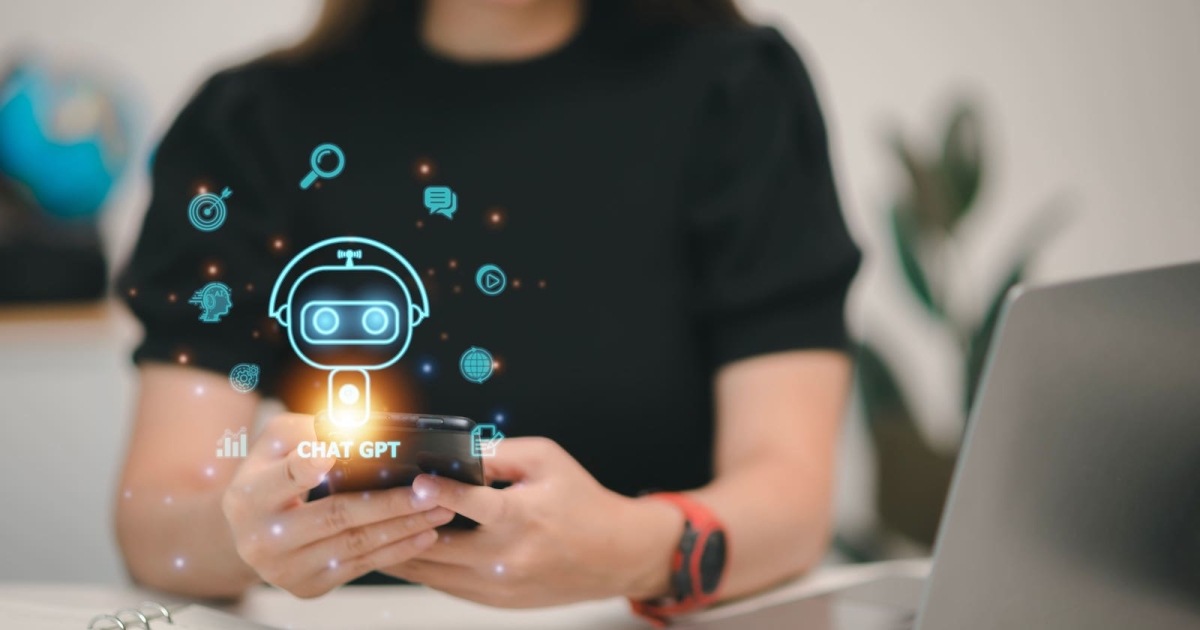
To use GPT effectively, start with clear and specific prompts. The more detailed your question, the better the response will be.This helps ChatGPT understand exactly what you’re looking for.
Next, don’t hesitate to ask follow-up questions. If the initial response isn’t what you expected or if you need more information, simply ask for clarification or additional details. Engaging in a back-and-forth conversation can lead to more comprehensive answers.
Lastly, explore the different features and settings available in ChatGPT. You can adjust the tone and style of responses based on your needs. Whether you’re looking for professional advice, casual conversation, or creative content, customizing your prompts will help you get the most out of ChatGPT.
Setting Up and Getting Started with ChatGPT
Setting up GPT is simple and user-friendly. First, visit the OpenAI website and sign up for an account if you don’t have one. Once registered, you can access ChatGPT through your web browser or mobile app.
The interface is straightforward, allowing you to start chatting immediately. After logging in, you can begin using GPT right away. Type your questions or prompts in the text box and hit enter.
ChatGPT will generate responses in real-time. To enhance your experience, explore the settings to customize features like response length and tone. This ensures that ChatGPT meets your specific needs and preferences.
Tips for Crafting Effective Prompts
Crafting effective prompts is key to getting the best results from ChatGPT. Be clear and specific about what you want to know. For example, instead of asking, This helps the AI understand your request better.Using context can also improve responses.
If you’re looking for a particular style or tone, mention it in your prompt. For instance, you could say, “Explain photosynthesis in simple terms for a 10-year-old.” This guides ChatGPT to provide an answer tailored to your needs, making it more relevant and useful.
Best Practices for Productive Interactions
To have productive interactions with ChatGPT, start by being specific with your questions. The more details you provide, the better the response will be. For example, if you want advice on writing, specify the type of writing you’re doing.
This helps GPT give tailored suggestions that fit your needs. Additionally, feel free to ask follow-up questions to clarify or expand on previous answers. Engaging in a back-and-forth dialogue can deepen the conversation.
If something isn’t clear, rephrase your question or ask for examples. This approach leads to more insightful and relevant responses.
ChatGPT’s Limitations and Challenges
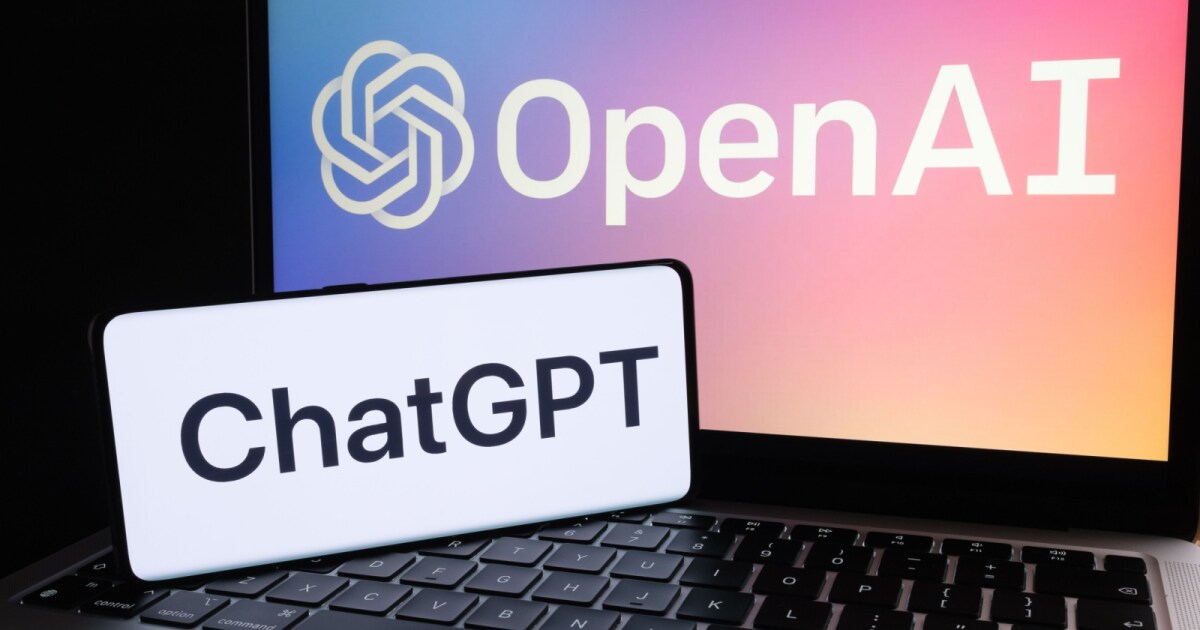
ChatGPT has some limitations despite its impressive capabilities. One major challenge is understanding context over long conversations. While it can recall recent messages, it may lose track of earlier points in lengthy exchanges. This can lead to responses that seem disconnected or irrelevant.
Another limitation is that ChatGPT may generate incorrect or misleading information. It does not verify facts and relies on patterns from the data it was trained on. Users should be cautious and cross-check information, especially for critical tasks or decisions.
Lastly, ethical concerns surround the use . Issues like biased responses and the potential for misuse raise important questions. OpenAI is actively working on addressing these challenges, but users must remain aware of the risks involved in relying on AI-generated content.
Privacy and Security Concerns
Privacy and security are important concerns when using ChatGPT. Users may worry about how their data is stored and used. OpenAI states that they prioritize user privacy and implement measures to protect sensitive information.
However, users should be cautious about sharing personal or confidential details while interacting with the chatbot.Another concern is the potential for data misuse. Since ChatGPT learns from user interactions, there is a risk that sensitive information
could be exposed or mismanaged. To mitigate this risk, users should avoid discussing private matters and be mindful of the information they share during conversations with the AI.
Understanding ChatGPT’s Limitations and Potential Biases
ChatGPT has limitations that users should be aware of. It may generate incorrect or misleading information, especially when asked about complex topics. While it strives for accuracy, it relies on patterns in the data it was trained on, which can lead to errors.
Users should verify critical information from reliable sources before accepting the chatbot’s responses.Potential biases are also a concern. ChatGPT may reflect biases present in its training data, which comes from various online sources.
This can result in skewed or inappropriate responses to certain questions. OpenAI continues to work on reducing these biases, but users should remain critical of the chatbot’s answers and consider multiple perspectives.
Common Issues and Troubleshooting
Users may encounter common issues when using ChatGPT. Sometimes, the chatbot might not understand the prompt clearly, leading to irrelevant or off-topic responses. If this happens, rephrasing the question or providing more context can help improve the interaction.
Another issue is connectivity problems. If the service is slow or unresponsive, it could be due to high demand or internet connection issues. Restarting the application or checking the internet connection can often resolve these problems. Regular updates from OpenAI also aim to enhance the user experience and address any ongoing issues.
Future of ChatGPT and AI Chatbots
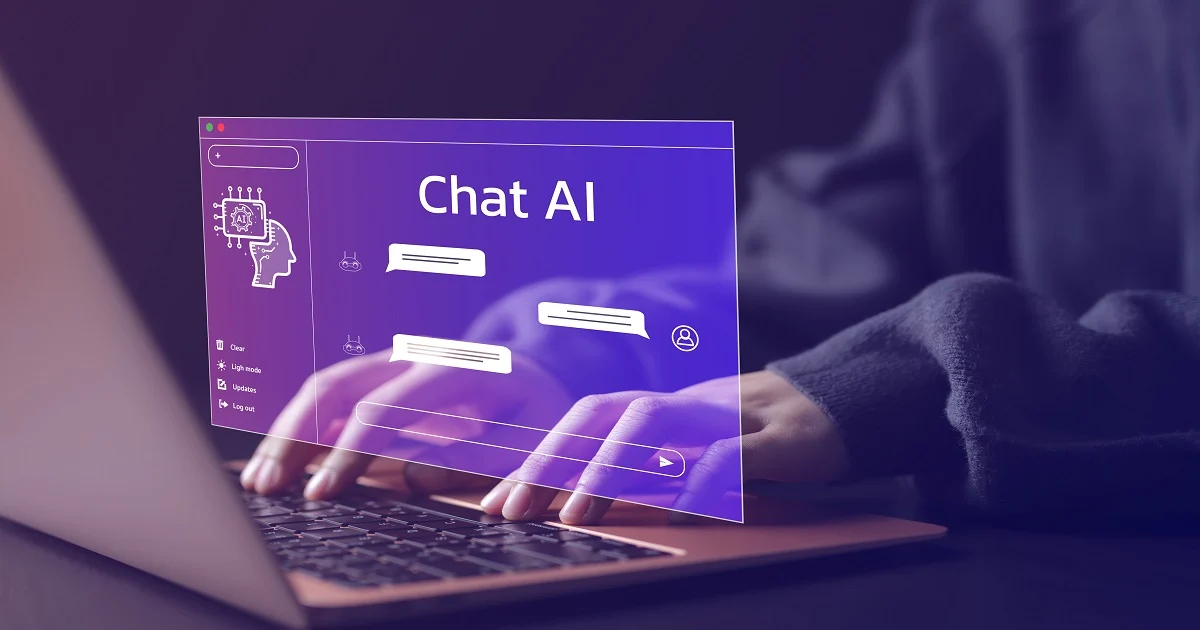
The future of ChatGPT and AI chatbots looks promising as technology continues to advance. OpenAI plans to improve the models further, enhancing their understanding and responsiveness.
As AI becomes more integrated into daily life, users can expect more personalized experiences and better assistance.AI chatbots may also expand their roles in various industries. They could provide customer support, assist in education, and even help with healthcare inquiries.
With ongoing developments, businesses may increasingly rely on chatbots to streamline operations and improve user engagement.Moreover, ethical considerations will play a significant role in the future of AI chatbots.
Developers will need to address concerns about privacy, security, and bias. As AI technology evolves, ensuring responsible usage will be crucial for building trust among users and fostering a safe AI environment.
Upcoming Features and Developments
OpenAI is continuously working on new features for ChatGPT. One major focus is improving the chatbot’s understanding of context and user intent. This will allow for more accurate and relevant responses, making interactions smoother and more natural.
Another exciting development is the integration of multimodal capabilities. This means ChatGPT will soon be able to process and generate not just text, but also images and audio. Such advancements will expand its usability in various fields, from creative tasks to data analysis.
Additionally, OpenAI aims to enhance customization options for users. This will include allowing users to tailor the chatbot’s personality and response style. These features will help make ChatGPT more versatile and suited to individual preferences.
Impact of ChatGPT on Various Industries
ChatGPT is transforming many industries by enhancing productivity and efficiency. In healthcare, for example, it assists with patient inquiries and supports medical professionals with quick access to information.
In customer service, businesses use ChatGPT to provide instant responses to common questions, improving customer satisfaction.In the education sector, ChatGPT serves as a valuable tool for both students and teachers.
It can help students with homework, provide explanations of complex topics, and offer personalized learning experiences. Additionally, in content creation, marketers and writers leverage ChatGPT to generate ideas and draft articles, streamlining the creative process.
Ethical Considerations and Responsible AI Use
Ethical considerations are crucial when using ChatGPT and other AI technologies. Developers and users must ensure that AI systems are used responsibly and do not propagate harmful content or misinformation.
Transparency in how AI models work and their limitations is also important to build trust among users.Moreover, the use of AI should prioritize user privacy and data protection. Organizations must be clear about how they collect and utilize data from interactions with ChatGPT.
CONCLUSION
ChatGPT has transformed the way we interact with AI. Since its launch, it has become a valuable tool for businesses and individuals, enhancing productivity and creativity. With advanced features like voice and vision capabilities, it continues to evolve, meeting diverse user needs.
Despite its strengths, ChatGPT faces challenges, including privacy concerns and potential biases. Users must be aware of these limitations while utilizing the chatbot. Responsible use and ethical considerations are essential for maximizing its benefits.
As AI technology progresses, ChatGPT is likely to play a significant role in various industries. Its impact will continue to grow, shaping how we communicate, learn, and work in the future.
